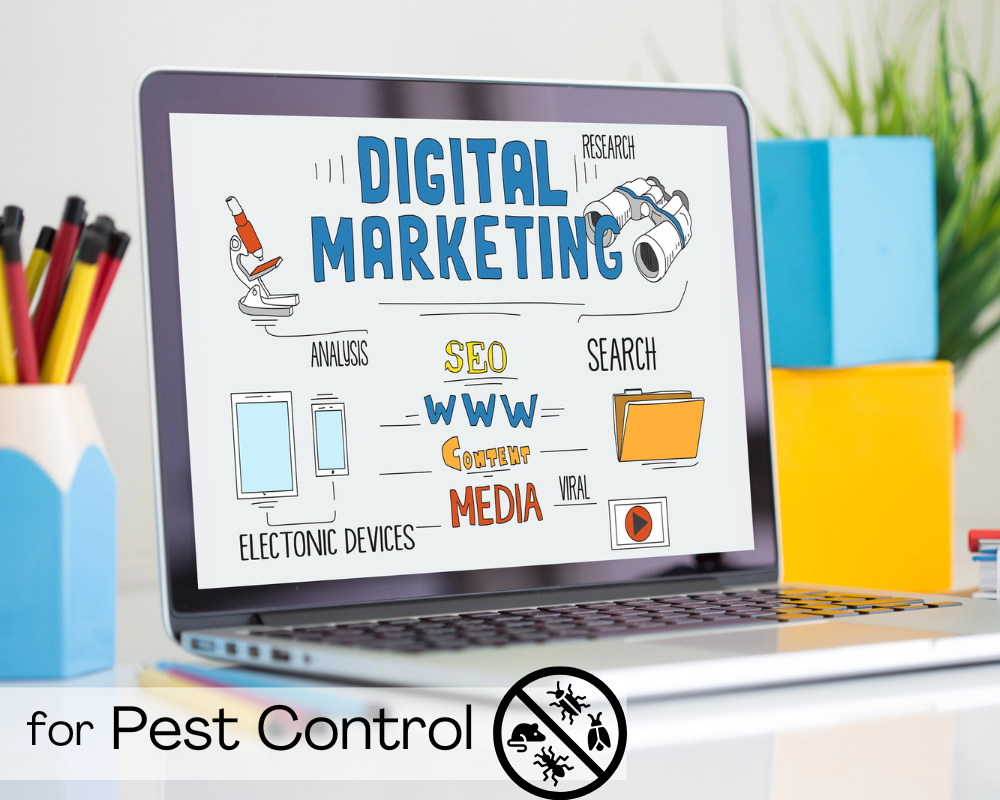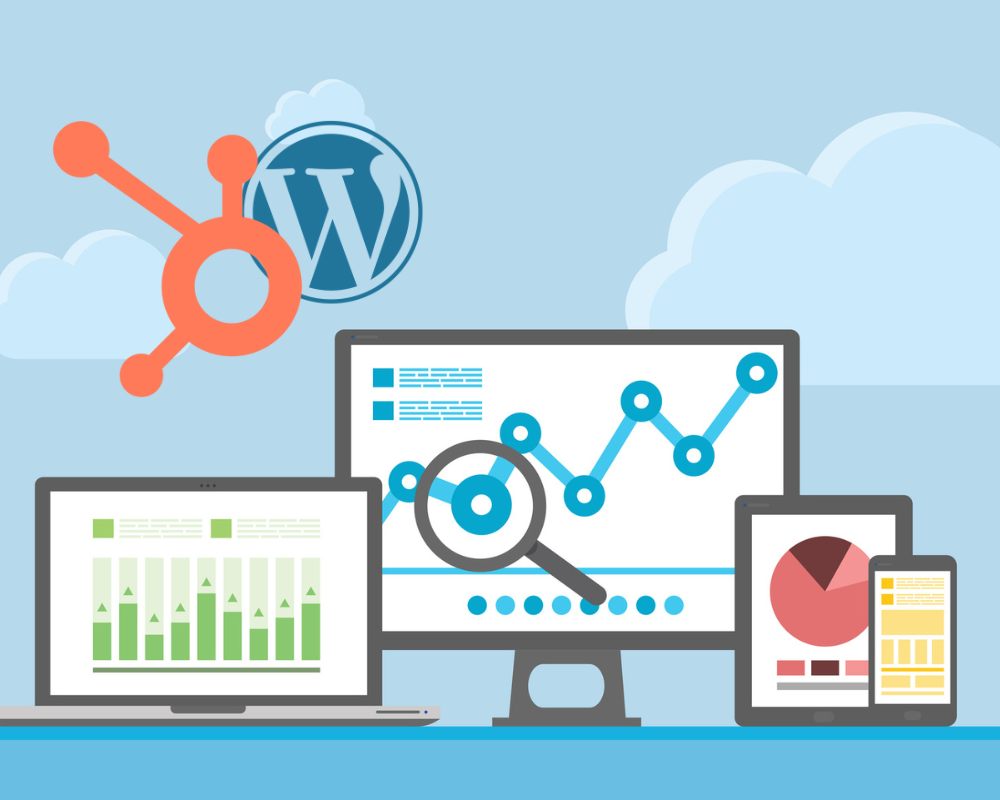How Much Money Should I Spend on Digital Marketing?

If you are just starting a business, it may be hard to determine how much of your revenue should go towards digital marketing. There are a lot of different factors that determine how much you need to spend including your goals, target audience, and beating your competition.
Unfortunately, there isn't a magic solution that works for every single business. But, there are some general rules you can follow and some averages that you can base your spending on.
The general structure for digital marketing spending is:
-
5% of gross revenue for maintenance.
-
10% of gross revenue for growth.
-
8% for medium growth.
Factors to Consider

But what are the other factors that you need to consider to properly set up a digital marketing budget? Let's take a look at a few of them.
How long you've been in business
If your business is brand new, you need to spend more to help build your brand awareness and to begin to compete with similar markets. You won't have the visibility of other brands that have been around longer (at least not yet!), and you'll need to start to build your audience. Focusing a bit extra of your budget on brand awareness will be essential when you're starting out.
Your target audience
Your target audience will help you determine where you need to put efforts into advertising. If the majority of your target audience uses social media as a platform, then you need to spend part of your budget on social media. This will help you make sure that your business is going to the right people. It will also help to create some buyer personas to help you track the behavior of your audience and see where your marketing budget will be best spent to help those visitors become leads and eventually customers.
Your goals are essential
It's important to know what your goals are. Do you want to convert more leads into customers? Attract more people to your website? Grow your email list? Your budget should always revolve around what your goals for your business are. Knowing your goals and having a digital marketing strategy will help you learn how much of your budget needs to be allocated to each digital marketing platform.
It's okay to get professional help
Learning when you need to a professional to step in is perfectly okay. Calling in an expert for support may offer you insight into things that you might have overlooked. Here at WorldLight Media, we have a team of marketing experts that are ready to help or answer any questions you may have.
More Important Things to Know

There are also calculations you can make to see how much of your marketing budget needs to go towards digital avenues. Things like your blended lead cost, lifetime value of your customers (LTV), and conversion rates will give you a more accurate idea of how much you need to be spending.
Blended Lead Cost
Blended Lead Costs (BLC) measure your marketing results as a whole. They take all of your efforts into consideration and make your return on investment (ROI) more tolerable to look at. When measuring your ad performance, you may be looking at too narrow of a scope, and your BLC will help to make sure that you aren't overlooking anything. It will also help you to remember that your consumer will most likely check out your business a few times before deciding to make their final conversion into a customer (also known as "multi-touch marketing").

Since you don't want to expect any behaviors you wouldn't replicate yourself, calculating your BLC will give you an accurate result when seeing how well your ads are actually performing.
Lifetime Value of Customer
It's also important to know the lifetime value of your customers (LTV), or how much you will make on a single customer over time. For example, if your LTV is short, you may have to spend more money to keep attracting new consumers to your business. You can increase the LTV of a customer by adding in initiatives that will attract them to continue working with you, and overall will be a better return on your investment in them.
LTV is calculated by multiplying the yearly revenue from the average customer by the average lifespan of a customer, then subtracting yearly service costs. So if you are grossing on average $1,000 a year from a customer, the average customer is around for 5 years, and your yearly service cost is $100, your customer's LTV is ($1,000 x 5)-($100x5)=$4,500.
Conversion Rates
There are two important conversion rates to focus on: visitor-to-lead and lead-to-customer. Visitor-to-lead conversions are when a visitor to your website completes a call to action, such as contacting you on a form. The lead-to-conversion rate is when that lead becomes a paying customer. Knowing these two rates along with your LTV will give you an accurate budget for digital marketing.
Your max ad spend should be equal to your LTV x visitor-to-lead rate x lead-to-customer rate.
Your budget should never be more than your max ad spend. This will only lead down a straight path to failure. You never want to spend more than you can afford. If your max ad spend is a bit higher than you can realistically afford, you can instead try boosting internal efforts to build your conversion rates. Optimizing your SEO, improving your ad copy, and building your audience organically may help to lower costs initially.
Small, But Mighty

A bigger budget doesn't always mean bigger profits. Small businesses actually have advantages over big companies. Smaller businesses are generally more adaptable, and it is easier for them to quickly switch marketing strategies if they see that something isn't working. They also have the advantage of targeting local markets more easily with the growing "shop local" movement.
Small businesses are closer to their customers. This means that they can identify and solve problems with their customers faster and more efficiently than a larger corporation. Being able to work so closely with customers also means the opportunity for more meaningful customer relationships.
Final Takeaways
Never spend more than you can afford. It's important to really understand your consumer market, and utilize any strategies you can to increase your brand awareness. Digital marketing is an excellent tool to build your business, but unless you understand your customers, it is easy to put your money in the wrong place.







